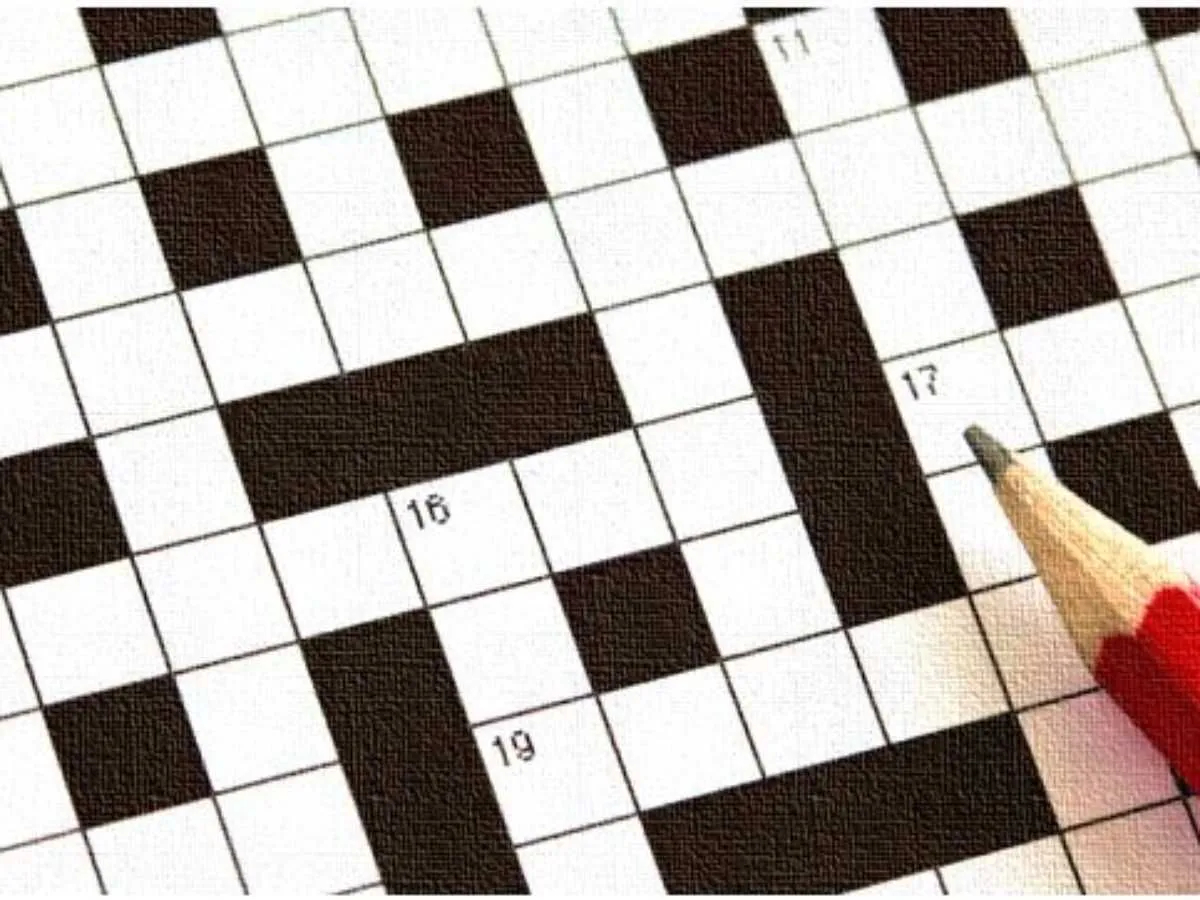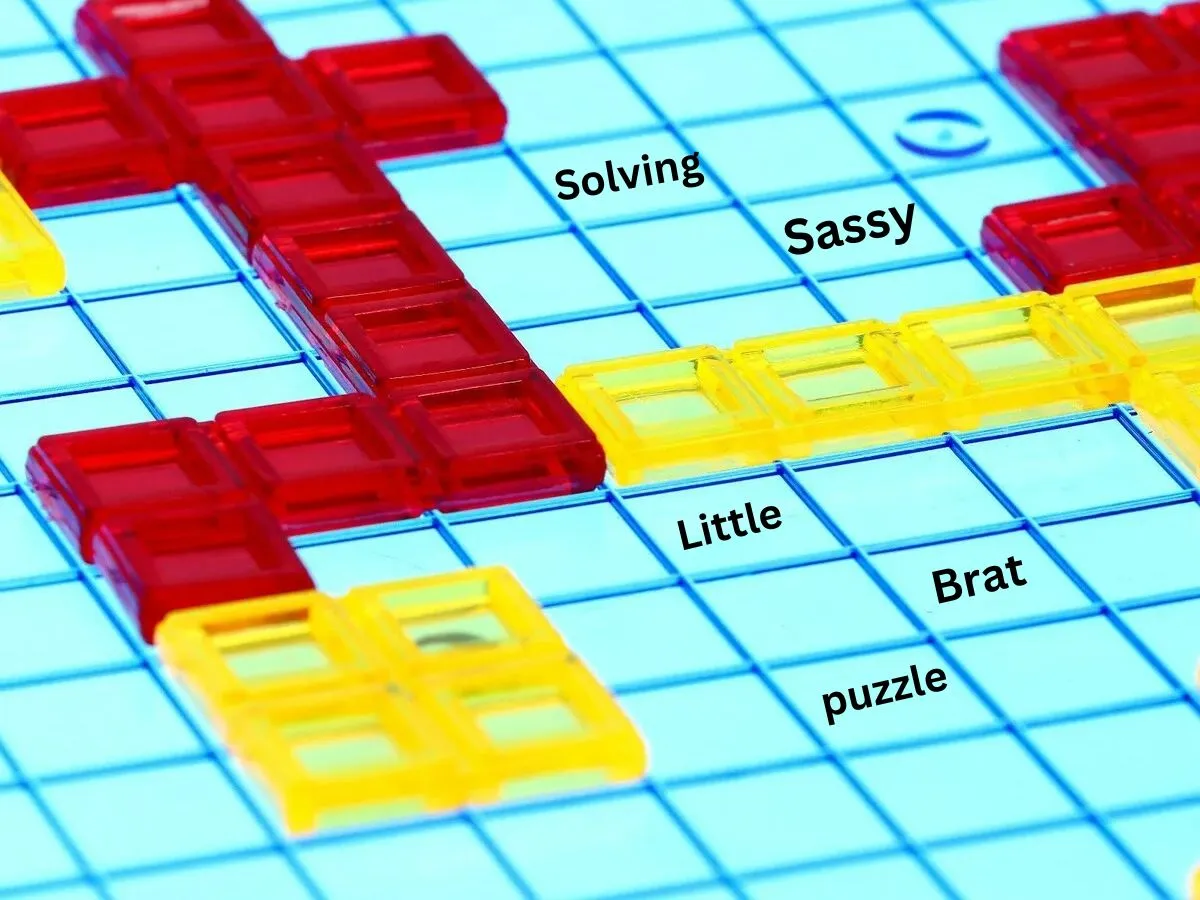What Does “Sassy Little Brat” Mean?
Definition And Connotation Of “Sassy Little Brat”
The phrase “sassy little brat” is normally used to explain a mischievous or cheeky toddler who reveals boldness and a playful defiance.
It captures a mix of attraction and annoyance, regularly highlighting a child who is outspoken, lively, and slightly disrespectful in a manner that may be both irritating and amusing.
Breakdown Of Words: “Sassy,” “Little,” And “Brat”
- Sassy: Refers to someone formidable, lively, and slightly impolite, often playfully or cheekily. It suggests a character that is assured and unafraid to talk their mind, sometimes crossing the road of respectfulness.
- Little: Emphasizes the kid’s small length or young age, highlighting their innocence or the truth that their behavior sticks out due to their youth.
- Brat: Describes an infant who’s troublesome, tough, or cussed, regularly used to consult a person who acts spoiled or unruly. It consists of a barely bad tone, implying that the kid’s behavior is disruptive or disturbing.
Examples In Everyday Language:
In ordinary use, “sassy little brat” would possibly describe an infant who talks again, teases, or engages in playful defiance, embodying a mixture of endearing and exasperating trends.
As an example, dad and mom may affectionately name their toddler a “sassy little brat” after they cheekily refuse to smooth their room or make a witty statement that borders on disrespect. The phrase captures the duality of annoyance and affection frequently felt in the direction of youngsters who display a spirited persona.
Common Misconceptions And Frustrations
Misconceptions About The Clue
One commonplace false impression solvers have with the clue “sassy little brat” is difficult is the term “sassy” with more bad trends like snobbery or arrogance. whilst “sassy” implies a playful boldness, it isn’t necessarily the same as being rude or haughty.
This misinterpretation can lead solvers to think of solutions that don’t quite have the intended meaning, including words that suggest unpleasantness in preference to cheekiness.
Real-Life Frustrations Among Solvers
Solvers frequently express frustration whilst clues like “sassy little brat” disrupt the float of solving a crossword.
The playful and ambiguous nature of such clues can cause an extensive slowdown, leaving solvers second-guessing their choices and doubting their understanding of the clue’s purpose.
This frustration is amplified when the solution seems elusive no matter multiple tries, leading to emotions of exasperation and a spoil inside the puzzle-solving rhythm.
Impact On Puzzle Enjoyment And Satisfaction
Those frustrations can considerably affect the general amusement and pleasure of fixing a puzzle.
While a clue is too elaborate or deceptive, it can cause an experience of defeat, making the solving enjoyment less exciting.
For plenty, the thrill of crosswords lies inside the balance of venture and solvability, and whilst clues like “sassy little brat” tip too many ways into ambiguity, they could detract from the fun, leaving solvers feeling more stressed than entertained.
Decoding “Sassy Little Brat” In Crosswords

The Most Common Answer: “Snot”
The most not unusual answer for the clue “sassy little brat” in crossword puzzles is “SNOT.” This 4-letter word perfectly encapsulates the cheeky and mischievous nature implied through the clue.
“SNOT” is regularly used to explain someone who behaves in a bratty or disturbing manner, making it a becoming suit for the clue’s playful and slightly irreverent tone.
How “Snot” Fits The Clue Perfectly
“SNOT” captures the essence of a “sassy little brat” with the aid of combining factors of cheekiness, mischief, and a really bratty mindset. The time period is slang for a person who’s impudent or behaves with an experience of demanding boldness—traits generally associated with a brat.
Moreover, “SNOT” is a playful term that aligns with the mild-hearted, albeit barely insulting, nature of the clue, making it a clever and satisfying solution for solvers familiar with this style of wordplay.
Other Possible Answers: “Imp,” “Pest,” And Their Relevance
Apart from “SNOT,” different answers like “IMP” and “PEST” have also seemed in crosswords to healthy comparable clues. “IMP” refers to a small, mischievous creature, often used metaphorically for a kid who’s naughty or playful in a teasing way.
“PEST,” then again, describes someone disturbing or difficult, frequently aligning with the bratty issue of the clue. Each alternative preserves the subject of mischievous behavior and assists in diversifying the variety of solutions solvers would possibly come upon, preserving the puzzles attractive and varied.
Case Studies Examples From Popular Crosswords
Real Examples Of “Sassy Little Brat” In Major Crosswords
“Sassy little brat” frequently appears in popular crossword resources just like the ny times, often as a clever and quite playful venture for solvers.
In those puzzles, the solution “SNOT” is typically used due to its duration and its alignment with the mischievous and cheeky nature implied by the clue.
Different solutions like “IMP” and “PEST” have additionally been featured, presenting range whilst maintaining the equal bratty subject matter.
Insights Into How Experienced Solvers Approach These Clues
Skilled solvers method clues like “sassy little brat” by first considering the general tone and connotations of the clue.
They look for recommendations of mischief, cheekiness, or youthful defiance, which guide them toward playful or slang solutions.Solvers also use the period of the answer as an important element, narrowing down opportunities with the aid of considering the wide variety of letters required.
While faced with a challenging clue, they depend upon their familiarity with common crossword vocabulary, letting them quickly partner phrases like “SNOT” with the furnished recommendations.
Step-By-Step Example Of Solving A Puzzle With “Sassy Little Brat”

Initial Analysis
Begin by reading the clue “sassy little brat.” apprehend the playful and slightly bad connotation, suggesting the solution is probably a slang time period for a mischievous toddler.
Determine The Length
Take a look at the distance supplied for the solution—normally 4 letters in lots of crosswords narrowing down potential answers.
Consider Common Crossword Answers
Reflect on frequently used words in crosswords that sound each tone and the letter count number, such as “SNOT,” “IMP,” or “PEST.”
Cross-Check With Other Clues
Use intersecting clues to verify the letters you already have. For instance, if the primary letter is shown as “S” from a crossing clue, “SNOT” becomes a strong candidate.
Finalize The Answer
If “SNOT” suits both the clue and the crossing solutions, optimistically write it in, completing this part of the puzzle. This technique highlights the importance of familiarity with common crossword terms and the potential to go-reference solutions efficiently.
Beyond The Crossword Exploring The Linguistic Nuances
Comparable phrases like “sassy little youngster” or “saucy little woman” regularly appear in crosswords, each providing a playful twist on describing a cheeky or impudent individual.
Exceptional crossword creators would possibly interpret those clues with various degrees of subtlety, every now and then choosing trustworthy solutions like “IMP” or “PEST,” while others may select greater innovative or much less common terms.
The problem level of the crossword additionally plays a full-size role; in easier puzzles, clues might be greater direct, guiding solvers actually to the answer, whereas in greater challenging crosswords, the clues can be intentionally indistinct or involve wordplay that requires deeper notion and a much wider vocabulary.
Know-how the linguistic nuances and the style of the crossword writer can greatly aid solvers in matching clues to their accurate answers, making the solving procedure both engaging and academic.
Tips And Strategies For Solving Tricky Clues
Analyze The Clue’s Tone And Context
When confronted with ambiguous clues like “sassy little brat,” begin via analyzing the tone and context. look for frolicsome, cheeky, or casual tips in the clue which can guide you closer to slang or colloquial solutions.
Consider Word Length And Letter Patterns
Pay close interest to the wide variety of letters required for the answer and any present letters from intersecting clues. This could drastically slim down your alternatives and help discover words that match each period and the theme of the clue.
Explore Synonyms And Related Terms
Consider synonyms or related phrases that seize the essence of the clue. For instance, for “sassy little brat,” do not forget phrases like “IMP,” “PEST,” or “SNOT” that align with the concept of a mischievous or bratty character.
Use Online Tools Wisely
Leverage online crossword solvers or databases when you’re caught, but use them as a guide rather than a crutch. These gear can offer tips primarily based on partial solutions and clue patterns, supporting you to learn and enhance your problem-fixing competencies.
Practice And Familiarize With Common Clues
Normal practice with one-of-a-kind types of crosswords and familiarizing yourself with often used clues and solutions will beautify your capability to address complex clues optimistically.
Over time, you’ll construct an intellectual database of common solutions, making it less complicated to remedy comparable clues within the future.
The Impact Of Crossword Puzzles On Cognitive Skills

Fixing challenging crossword clues, like “sassy little brat,” appreciably complements cognitive abilities by means of stimulating problem-solving abilities and encouraging lateral questioning. engaging with problematic puzzles sharpens reminiscence, improves vocabulary, and trains the brain to apprehend patterns and think creatively.
The psychological blessings also are awesome; overcoming a difficult clue offers a feel of fulfillment and boosts self assurance, growing a worthwhile cycle of attempt and achievement.
This delight no longer most effectively complements leisure but additionally fosters staying power and resilience, key tendencies that make bigger beyond puzzles into everyday lifestyles.
Regular practice with tough clues continues the thoughts agile, promotes intellectual flexibility, and progressively builds a stronger, more efficient approach to solving crosswords, making it a worthwhile and pleasing intellectual workout.
FAQ’s:
Why Is “Sassy Little Brat” A Common Crossword Clue?
It’s a playful, catchy word that fits well in puzzles, offering a mix of mission and familiarity for solvers.
Can Solving Crosswords Help With Learning New Words?
Crosswords make bigger vocabulary and reveal you to new and diverse phrases through their numerous clues.
What Makes A Crossword Clue Like “Sassy Little Brat” Tricky?
The clue makes use of playful language and may have a couple of interpretations, making it more difficult to pinpoint the precise solution.
How Do Crossword Difficulty Levels Affect Clue Interpretation?
Less complicated puzzles offer greater trustworthy clues, whilst more difficult ones use ambiguous or clever wordplay, requiring deeper evaluation and creativity.
Conclusion
Deciphering difficult clues like “sassy little brat” sharpens your problem-fixing skills and maintains your mind agile. Embracing those challenges transforms crosswords into a worthwhile mental journey, constructing each self belief and cognitive power with each solved puzzle.
Maintain pushing forward, as every fulfillment now not the most effective fills within the grid but additionally complements your average puzzle-solving prowess.
you can also read this post:

